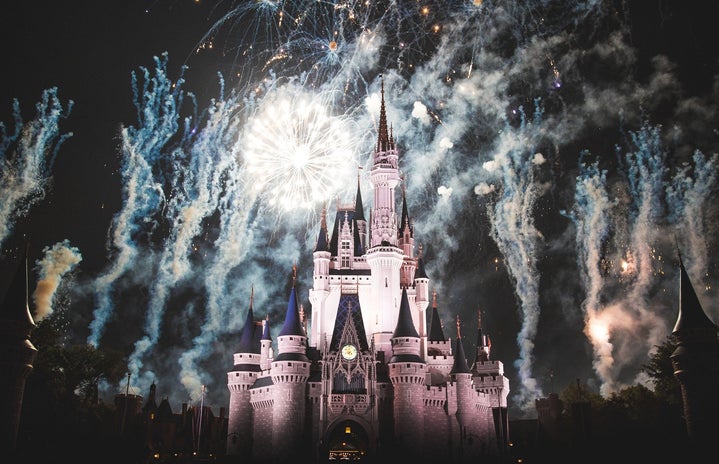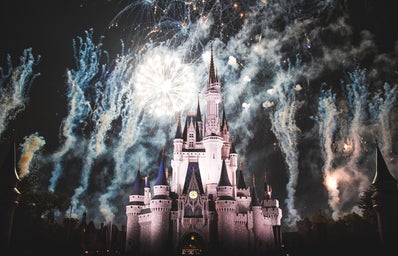Everyone loves fairy tales. The classic Disney princesses we all grew up with; stories that have been told and rewritten for generations. Despite the dark nature of some of their content, fairy tales have a nostalgic, childlike quality to them. They remind us of simpler times when each story’s depth only fell down to talking animals and magical spells.
Fairy tales tell the stories of heroes and heroines from ages past. They’re set in earlier times, earlier cities and earlier periods of sociocultural opinion. Considering how much our society has changed from the “fairy tale” era, are these tales still relevant to us as readers? I’d say so. Even though some of the messaging may be outdated, their morals can still be analyzed, and their content can still be appreciated.
I’m taking a course this semester about fairy tales. It’s been an interesting experience, to say the least. It makes me feel like a little kid again looking back at the stories of Little Riding Hood and Cinderella. However, we’re definitely using a more critical eye to read these tales. Even though the nostalgic magic is still there, I can no longer look at some of the content without an “adult” perspective.
Last class, we were talking about Beauty and the Beast, which was fun until the Stockholm Syndrome discussion started. We watched this clip about what advice little girls would give to Belle if they were her friend. They all said that despite the Beast locking her away and screaming at her throughout the film, Belle should continue to be nice to the Beast because they fall in love at the end of the story. My mouth fell open.
It’s concerning to think of the type of messages being sent to children through fairy tales and their Disney movie renditions. From a critical perspective, fairy tales do present marriage and family life as an ideal for women. Despite the problematic nature of some fairy tale morals, I don’t think that we should no longer read them. The characters still contribute value and enjoyment for many readers. If you provide children with a variety of fairy tales from different perspectives, they won’t solely interpret outdated ideals. Modern retellings and fractured fairy tales do a great job of providing a new perspective.
Looking at the Disney Princess movies released over time, the female heroine has come a long way. Snow White, released in 1938, features a passive female character who lives happily ever after once Prince Charming saves her. Mulan, released exactly 60 years later, features a princess who fights to save her kingdom and finds a Prince along the way. As a kid, I loved Snow White because I thought she looked the most like me. But I also loved Mulan, since she was interesting and active and wasn’t just a pretty face. Even though the two movies send different messages, they still provided value for me.
This is why all fairy tales, despite the outdated nature of their messaging, should still be taught and read today. We gather different information from every tale. So, if we provide a variety of interpretations that provide diverse messaging, then we won’t be influenced to think in one particular way.
So, will I let my kids watch Beauty and the Beast? Yes. It was a quintessential movie for me as a child. Will I provide them with movies and stories like Mulan, Ever After, Hoodwinked and other fractured fairy tales? Also yes, since they subvert the problematic narratives of the classics. The relevance of fairy tales lies in learning from the mistakes made by past societies and in the magic, they share with all readers.


